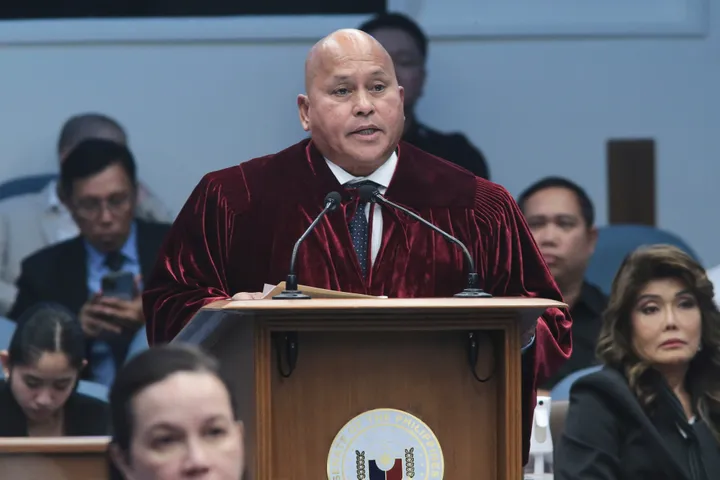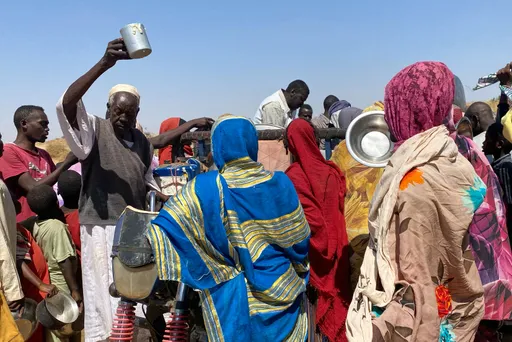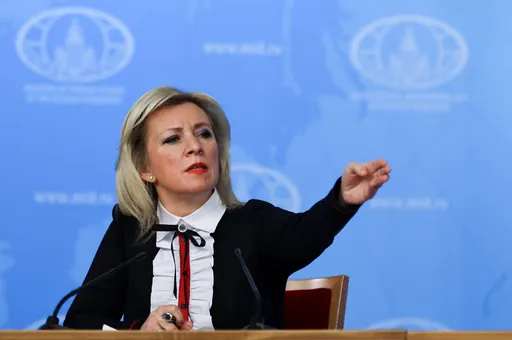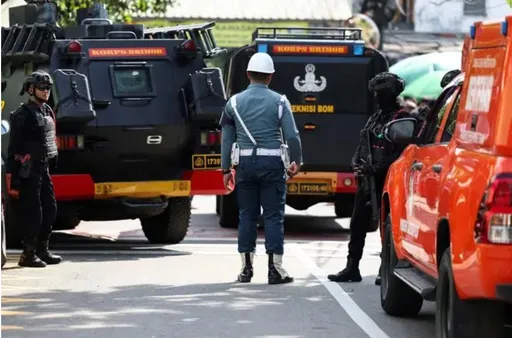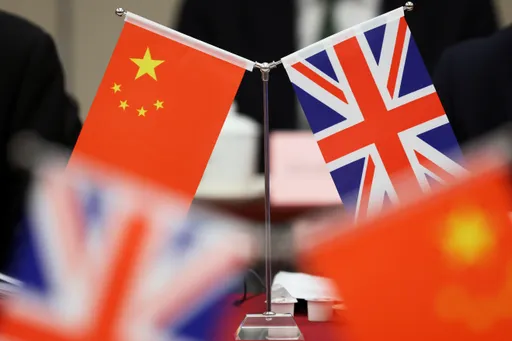From the Amazon rainforest to the Pantanal wetlands, a sea of fire is sweeping through South America, consuming vast swaths of the world’s essential ecosystems.
In Brazil alone, satellite data reveals an unprecedented 346,112 fire hotspots this year, breaking records and blanketing entire regions in thick, choking smoke.
The devastation is visible from space, with smoke trails stretching from Colombia to Uruguay, casting a shadow over cities like Sao Paulo.
But these aren’t just wildfires—they’re a human-made catastrophe, according to experts.
As climate crisis fuels hotter, drier conditions and with water levels receding, illegal land clearings are becoming commonplace, setting the stage for an environmental disaster.
“It's really important to remember that the Amazon does not burn. Fires are not natural,” says Latin America based journalist and podcaster Michael Fox.
“The Amazon is too humid and too moist to burn naturally, so fires are always the result of deliberate arson. It’s on purpose. In most cases, criminals first cut down acres and acres of land beforehand, leaving the vegetation to dry for weeks or months,” Fox tells TRT World.
Only then can the debris be set ablaze, making it a highly intentional process that is often misunderstood, he explains.

Firefighters work to extinguish a wildfire in an area of the Burle Marx Park in Brasilia, Brazil. (Reuters)
The illegal clearing of land through deliberate burning has become central to the Amazon’s unprecedented habitat destruction. These fires, intended to quickly convert forested areas into farmland or to claim territory, often spiral out of control.
What begins as a localised burn can escalate into an intense blaze, engulfing vast stretches of the rainforest. This destruction not only obliterates ecosystems but also releases massive amounts of carbon dioxide into the atmosphere, accelerating climate change and deteriorating air quality across the region.
“You have a combination of factors at play: the failed policies of the Bolsonaro government, which incentivised the destruction of the Amazon and supported those profiting from it, and the weakening of regulations that emboldened people to set fires to clear land,” Fox says.
Fox highlights that years of drought and lower-than-usual water levels in the Amazon and Pantanal have intensified the fires, making this year especially devastating for Brazil and the Amazon.

Flames rise from wildfires in Brasilia National Park, in Brasilia, Brazil. (Reuters)
Narco-traffickers involved
Criminal syndicates are heavily involved in this destruction.
"What we have seen is that with the complete dismantling of environmental and land protection agencies, illegal actors, particularly narco-traffickers, emerged and took over illegal land invasions, logging, and mining operations," Fox explains.
Illegal logging operations, unchecked due to weakened environmental regulations, strip away huge portions of the Amazon, other experts say.
Meanwhile, illegal gold mining is particularly damaging, causing deforestation, soil erosion, and mercury-laced water contamination.
The illicit profiteering associated with deforestation upends years of efforts in forest conservation and indigenous rights.
Together, they have created a perfect storm of environmental degradation, pushing the Amazon closer to an ecological tipping point.
How did all that happen?
During Jair Bolsonaro’s presidency, Brazil witnessed a significant rollback of environmental protections, which fueled illegal land grabbing.
Bolsonaro's policies promoted agricultural expansion and mining, even in protected areas such as the Amazon rainforest.
His administration systematically weakened the country’s environmental agencies by cutting their budgets and limiting their ability to enforce land use laws, according to experts.
This gave criminal organisations the opportunity to seize public and indigenous lands with minimal repercussions.

Flames rise from wildfires in Brasilia's National Forest in Brasilia, Brazil. (Reuters)
Bolsonaro also frequently downplayed the importance of indigenous territories, framing them as barriers to economic development. This rhetoric emboldened land grabbers, loggers, and miners, leading to an increase in invasions of indigenous lands.
"The Bolsonaro government’s policies unravelled environmental and indigenous land protections, leaving Indigenous communities unprotected,” Fox adds.
While promoting the commercial exploitation of the Amazon, his government contributed to higher rates of deforestation, environmental degradation, and the displacement of Indigenous communities, making Brazil’s environmental crisis even more severe.
“The minutiae of the reality on the ground is that each indigenous community, each indigenous territory is impacted in different ways according to what the resources are on their territories or on their lands and what powerful interests are trying to make money off of,” Fox says.

A view of the devastation caused by a forest fire in the Amazon in an area of the Trans-Amazonian Highway BR230 in Labrea, Amazonas state, Brazil. (Reuters)
Many efforts to address these issues have been undermined and rolled back by the Bolsonaro administration, complicating attempts to mitigate the impact and restore previous protections.
With the Amazon burning and the skies darkening, Brazil faces a defining moment. The question is, will it act before the flames consume all that remains?

